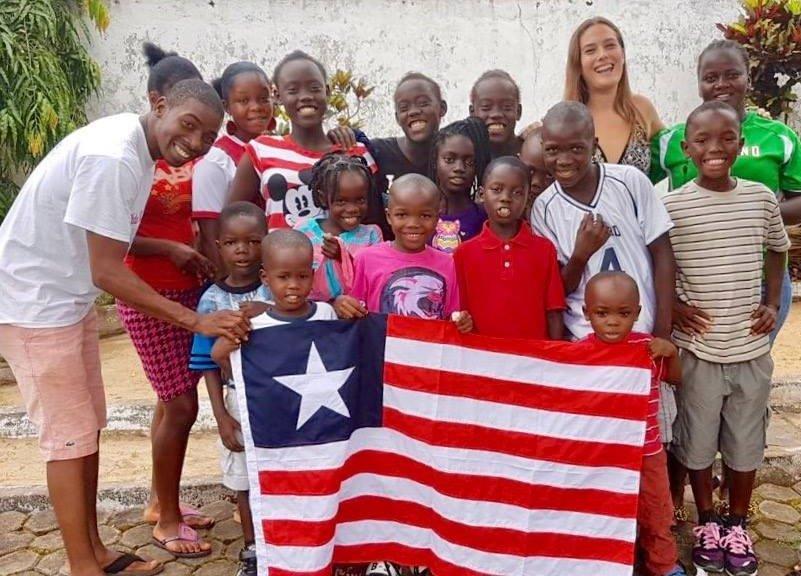
Liberia lies on the West African coast. It is bordered by Sierra Leone to its northwest, Guinea to its north, Ivory Coast to its east, and the Atlantic Ocean to its south-south-west. It covers an area of 111,369 square kilometres (43,000 sq. miles) and has a population of around 5,400,000. (The UK has a land mass of 242,495 sq. km. or 94,530 sq. miles and a population of 66,440,00.) Although founded in 1847 by freed enslaved Africans from America and the Caribbean, Liberia is mostly inhabited by Africans indigenous to the region, with the descendants of freed enslaved people comprising just 5% of the population. English is the official language, but over 20 indigenous languages are spoken, representing the numerous ethnic communities who make up more than 95% of the population. About four-fifths of Liberians are Christian, about one-tenth are Muslim. The country’s capital and largest city is Monrovia.
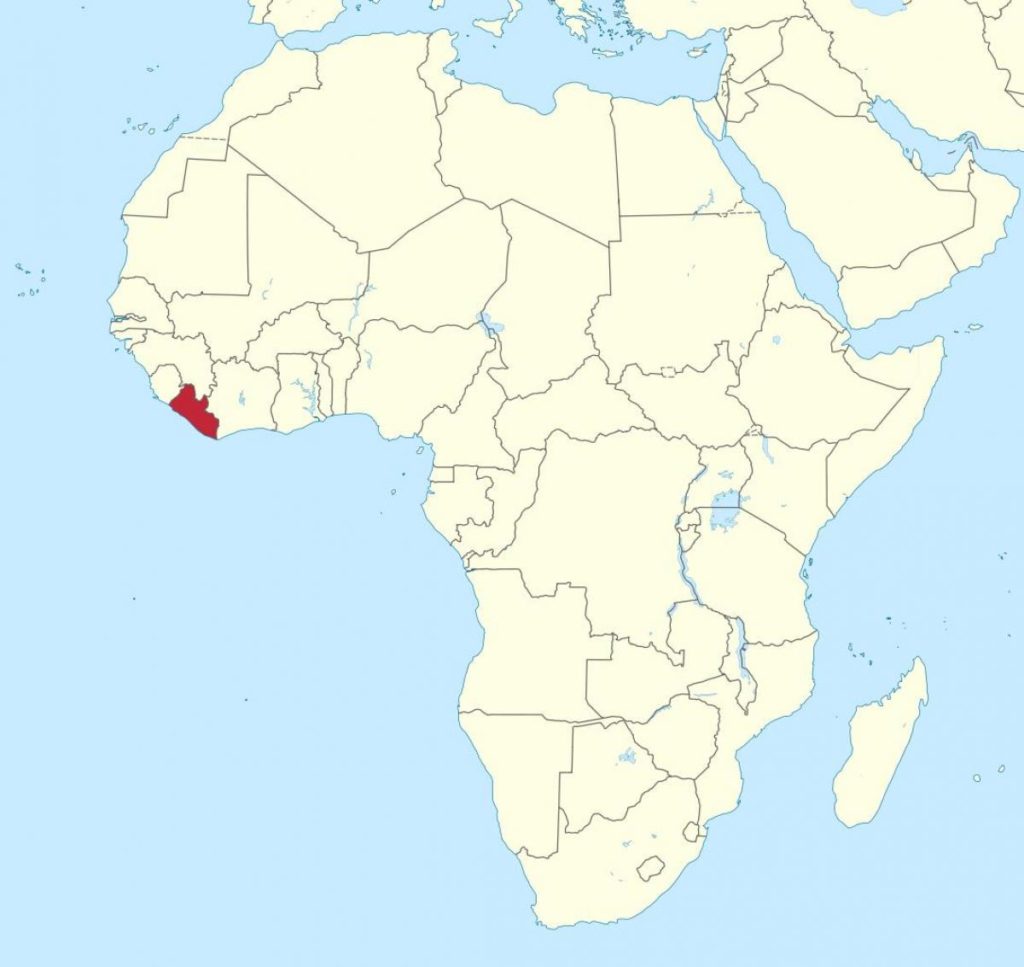
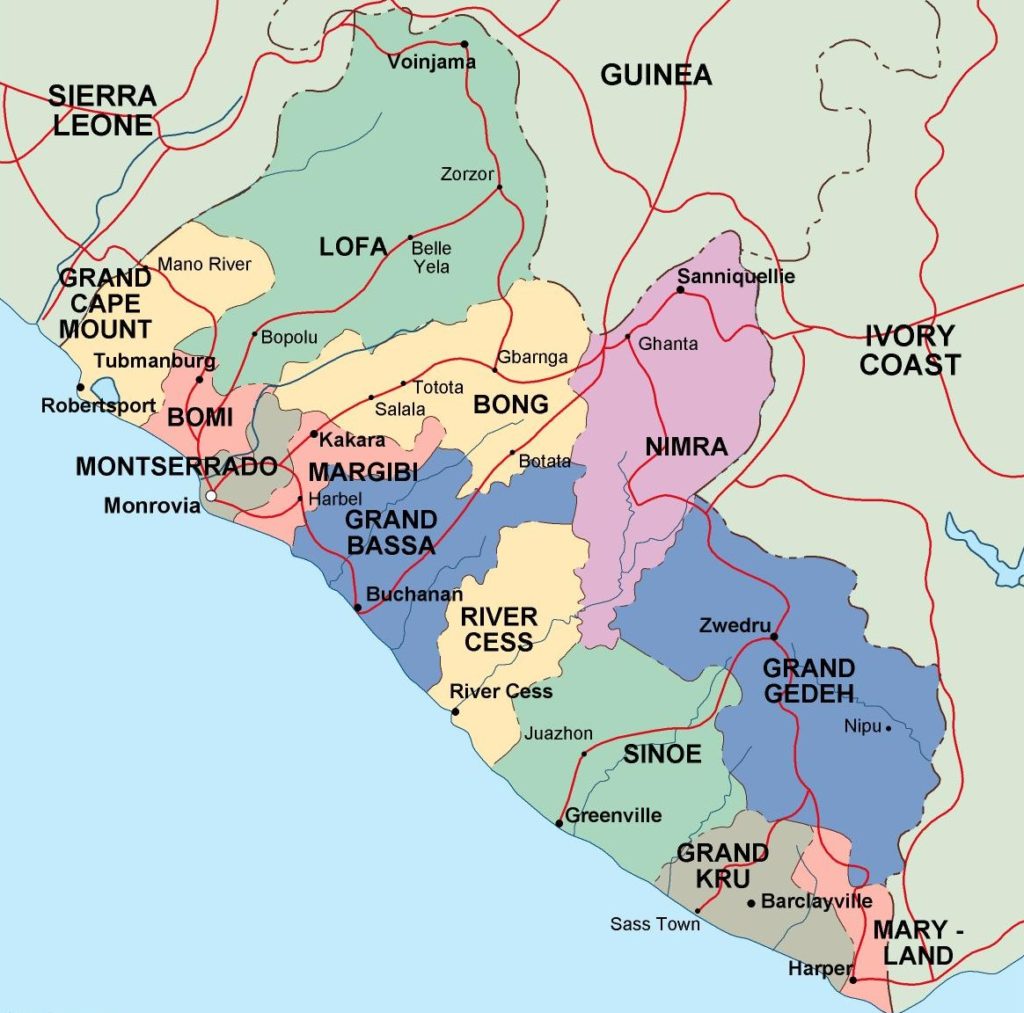
Liberia’s terrain ranges from the low and sandy coastal plains to rolling hills and dissected plateau further inland. The country is home to a lush rainforest containing a rich diversity of flora and fauna.
- Liberia has among the very worst levels of child and maternal mortality in the world. The Liberian maternal mortality rate is 661 per 100,000; by comparison, the UK’s maternal mortality rate is just 7 per 100,000.
- Liberia has the 3rd-lowest per-capita GDP of all countries, 2017 was $826.5, (UK was $43,876.6, over 50 times greater).
- Liberia has just over 200 fully qualified midwives for 5.4 million people; i.e. 1 midwife per 24,500 people. (The UK has 36,000 midwives, 1 midwife per 1,845 people). Liberia ideally needs just under 3000 qualified midwives. The ratio of midwives and nurses in Liberia and has worsened over the past 20 years due to civil wars and Ebola.
- 44% of women in Liberia give birth at home without a midwife or skilled birth attendant.
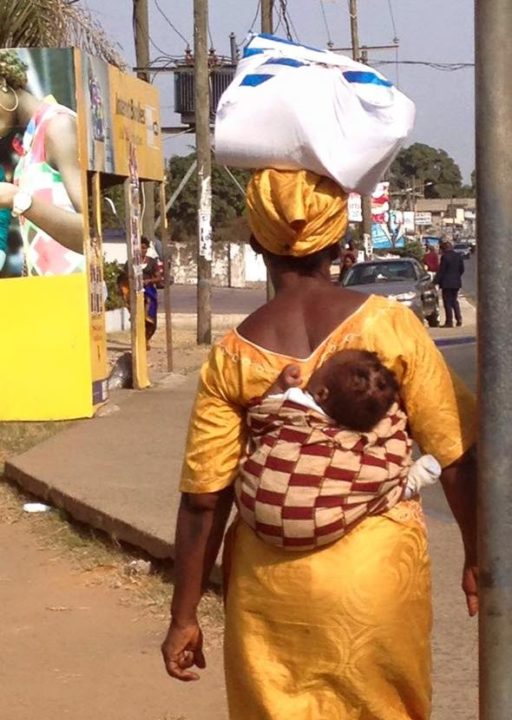
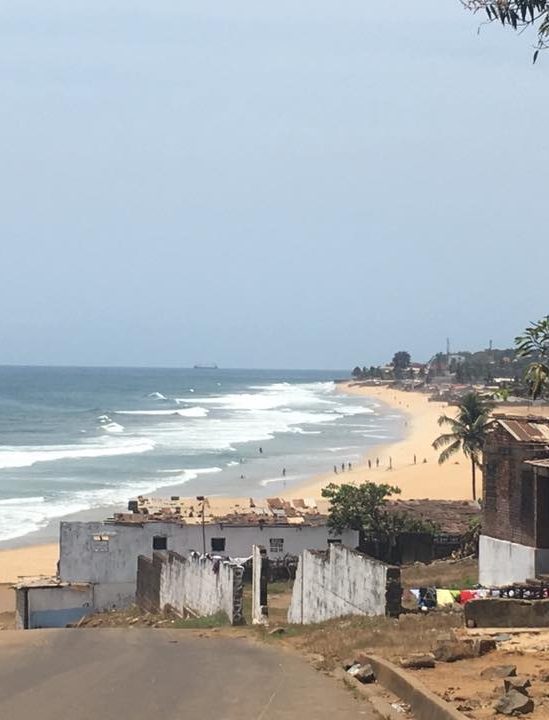
Liberia began as a settlement of the American Colonization Society. The country declared its independence on July 26, 1847; however, the U.S.A. did not recognize Liberia’s independence until 15 years later, February 5, 1862, during the American Civil War. Between January 7, 1822, and the American Civil War, more than 15,000 freed and free-born black people who faced legislated limits in the U.S. relocated to Liberia.
Liberia was devastated in the 1990s by a decade-long civil war and also by government involvement in a rebellion in neighbouring Sierra Leone. At least 250,000 people were killed in Liberia’s civil war, and many thousands more fled the fighting. As Liberia was recovering and rebuilding from this long conflict, the largest Ebola outbreak since the discovery of the virus struck West Africa in 2014, killing almost 5,000 people. It was not contained until 2016.
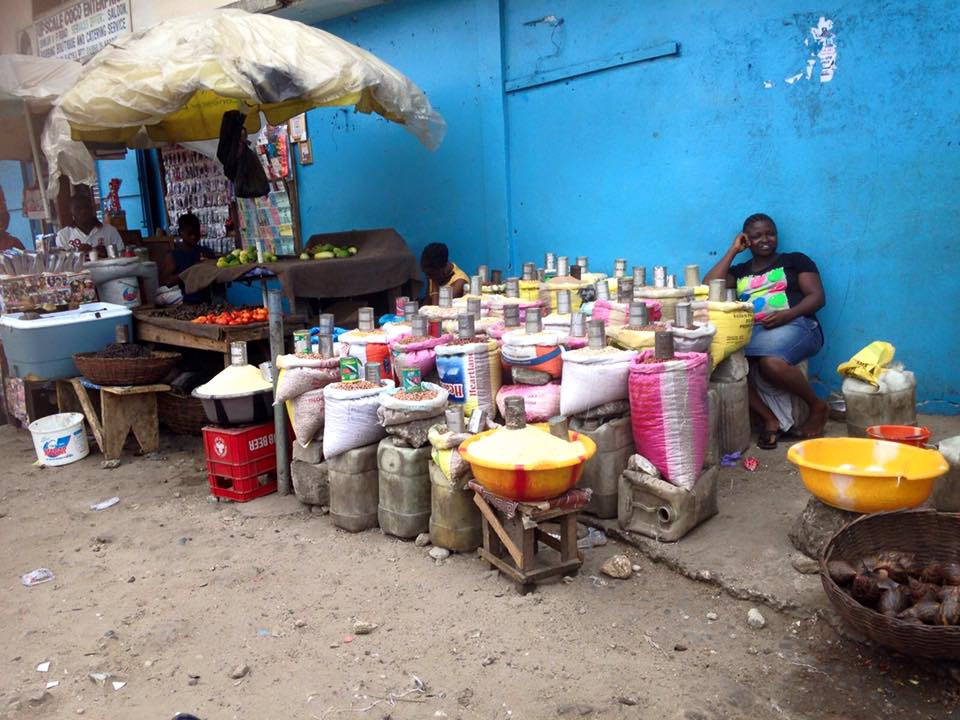
Liberia has been rebuilding its infrastructure and resources since that time. Following the destruction and ravages brought by the civil war and Ebola, the Liberian people have shown extraordinary determination and resilience to help the country to recover.
Further information about Liberia can be found from a variety of online sources, including https://www.britannica.com/place/Liberia/History

